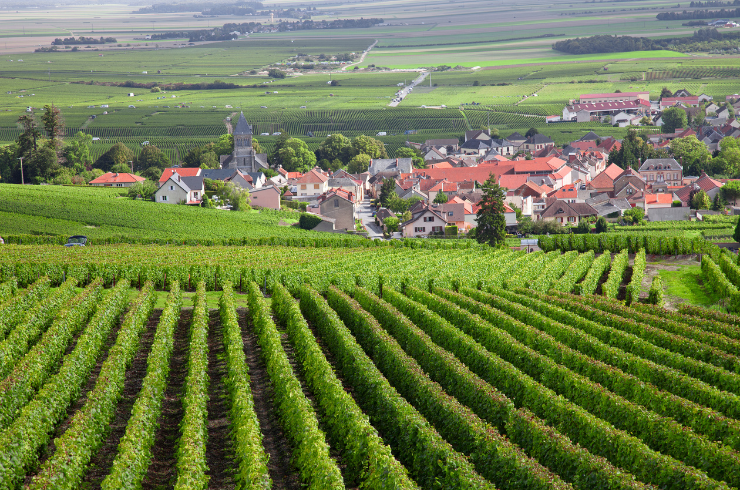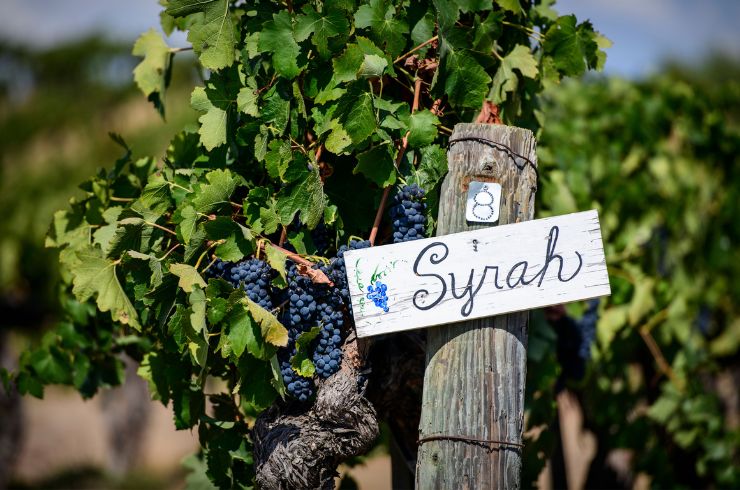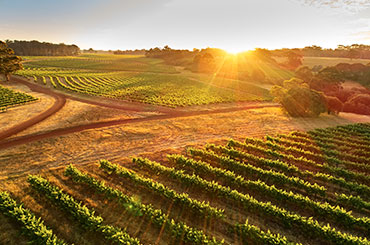Reader content warning: this article is all about the ‘C’ words in Margaret River... ‘Clones’ and ‘Chardonnay’. So, before you start thinking ‘who cares about clones, I’m just here to drink it’, hear me out, I beg – clones do matter!
To start with a super-simple analogy, discussing grape clones is akin to talking about types of apples. The difference between a Granny Smith and a Pink Lady is stark – they’re both apples, yet acidity, flavour and texture are wildly different. So, too, for wine.
Aside from vintage variation, three major factors influence the taste and quality of a wine: clone/variety, winemaker and growing area. Margaret River has nailed a winning combination of the three, proven many times over by its high-quality chardonnays. The most widely planted chardonnay clone in Margaret River is the Gingin, and the characters endemic to it are what have made the region famous: intensely ripe and concentrated yellow stone fruit flavours, juicy pink grapefruit acid and fine yet firm phenolic structure. They have weight, heft and finesse, but they also age gracefully.
From the north (Yallingup hills area), Gingin produces rich, ripe, flavourful chardonnay, with yellow peach and even pawpaw nuance. In the middle (Wilyabrup and around), the chardonnays are layered with exotic spice, saline acid and explosive breadth and power. South of the Margaret River township, extending as far as Karridale, they are delicate, saline and minerally, drenched in citrus and white stone fruit.
There exists a swathe of producers and growers who have alternate clones in the ground and are working to refine (and expand) the regional chardonnay style. Clone 95 has a far tighter and more linear palate shape and a distinctive citrus flavour profile. The acidity sits centrally on the palate, and the tail (or finish) is streamlined. If you’re keen to explore it, the Voyager Broadvale Block 6 is made entirely from Clone 95 and illustrates it perfectly.
I ask the geeky clone questions whenever I get the chance, so I can confirm that most chardonnay clones available in Australia are in the ground somewhere in the cornucopia that is Margaret River. While Gingin remains king (three of the wines below use it), they will likely all have a place in time.
To start with a super-simple analogy, discussing grape clones is akin to talking about types of apples. The difference between a Granny Smith and a Pink Lady is stark – they’re both apples, yet acidity, flavour and texture are wildly different. So, too, for wine.
Aside from vintage variation, three major factors influence the taste and quality of a wine: clone/variety, winemaker and growing area. Margaret River has nailed a winning combination of the three, proven many times over by its high-quality chardonnays. The most widely planted chardonnay clone in Margaret River is the Gingin, and the characters endemic to it are what have made the region famous: intensely ripe and concentrated yellow stone fruit flavours, juicy pink grapefruit acid and fine yet firm phenolic structure. They have weight, heft and finesse, but they also age gracefully.
From the north (Yallingup hills area), Gingin produces rich, ripe, flavourful chardonnay, with yellow peach and even pawpaw nuance. In the middle (Wilyabrup and around), the chardonnays are layered with exotic spice, saline acid and explosive breadth and power. South of the Margaret River township, extending as far as Karridale, they are delicate, saline and minerally, drenched in citrus and white stone fruit.
There exists a swathe of producers and growers who have alternate clones in the ground and are working to refine (and expand) the regional chardonnay style. Clone 95 has a far tighter and more linear palate shape and a distinctive citrus flavour profile. The acidity sits centrally on the palate, and the tail (or finish) is streamlined. If you’re keen to explore it, the Voyager Broadvale Block 6 is made entirely from Clone 95 and illustrates it perfectly.
I ask the geeky clone questions whenever I get the chance, so I can confirm that most chardonnay clones available in Australia are in the ground somewhere in the cornucopia that is Margaret River. While Gingin remains king (three of the wines below use it), they will likely all have a place in time.
Erin Larkin is one of the seven members of the Halliday Wine Companion tasting team.
See more from our expert panel.
Latest Articles
-
News
The power of perspective: Ryan Ponsford's Entropy
2 Dec 2025 -
Events
Halliday Wine Academy: Wine Immersion Tours
30 Nov 2025 -
Travel
Scenic's Southern France and Bordeaux river cruises are tailor made for wine lovers
30 Nov 2025 -
News
What’s in a name? The etymological origins of popular grapes.
30 Nov 2025









